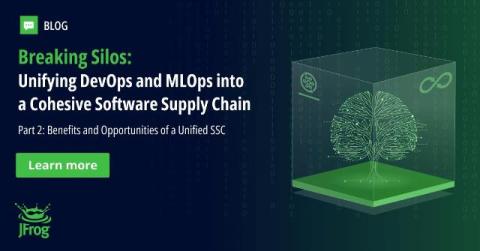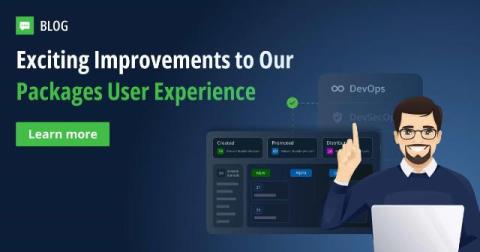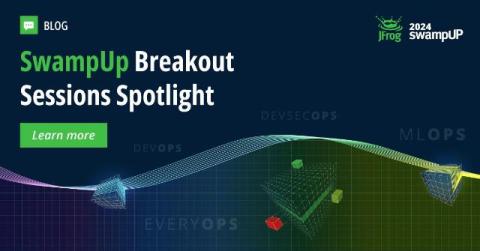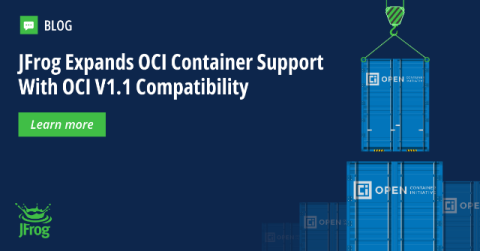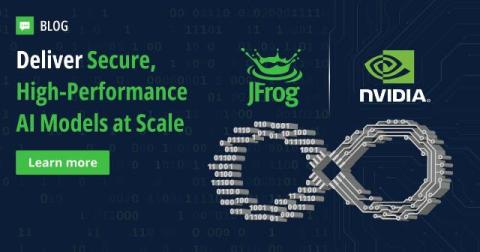Breaking Silos: Unifying DevOps and MLOps into a Cohesive Software Supply Chain - Part 2
In this blog series, we will explore the importance of merging DevOps best practices with MLOps to bridge this gap, enhance an enterprise’s competitive edge, and improve decision-making through data-driven insights. Part one discussed the challenges of separate DevOps and MLOps pipelines and outlined a case for integration.


